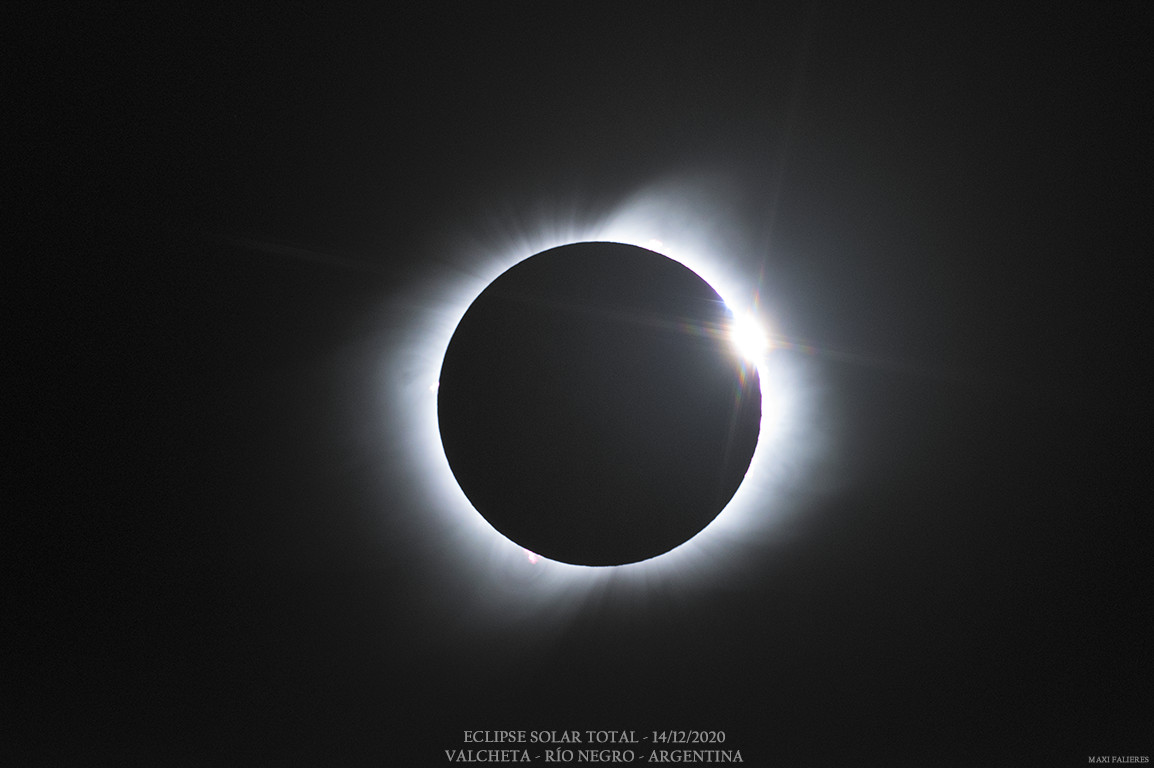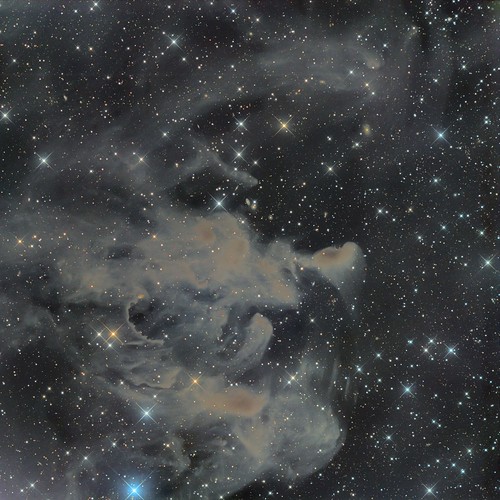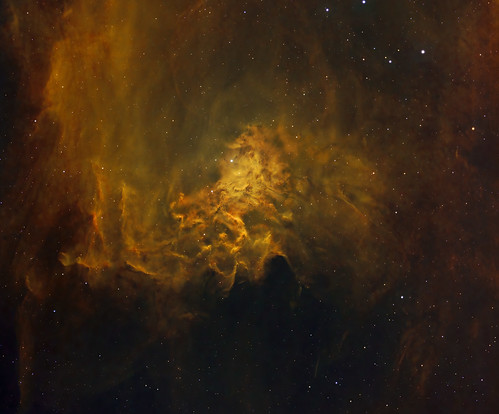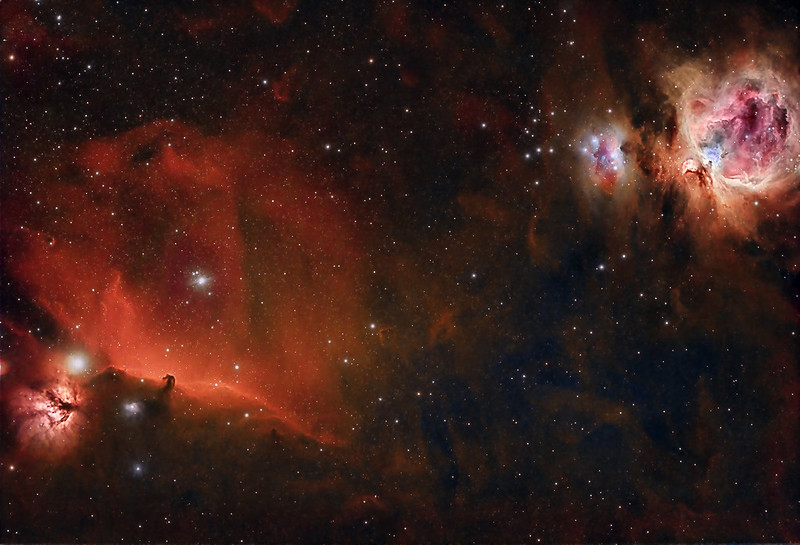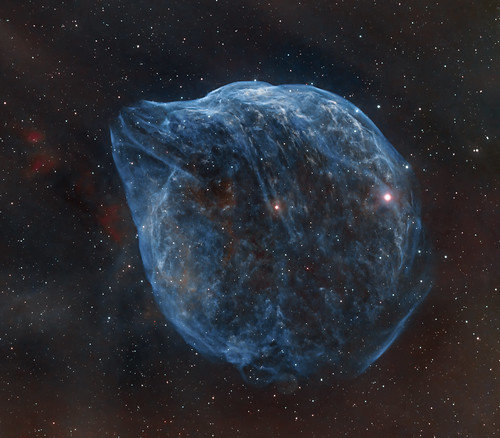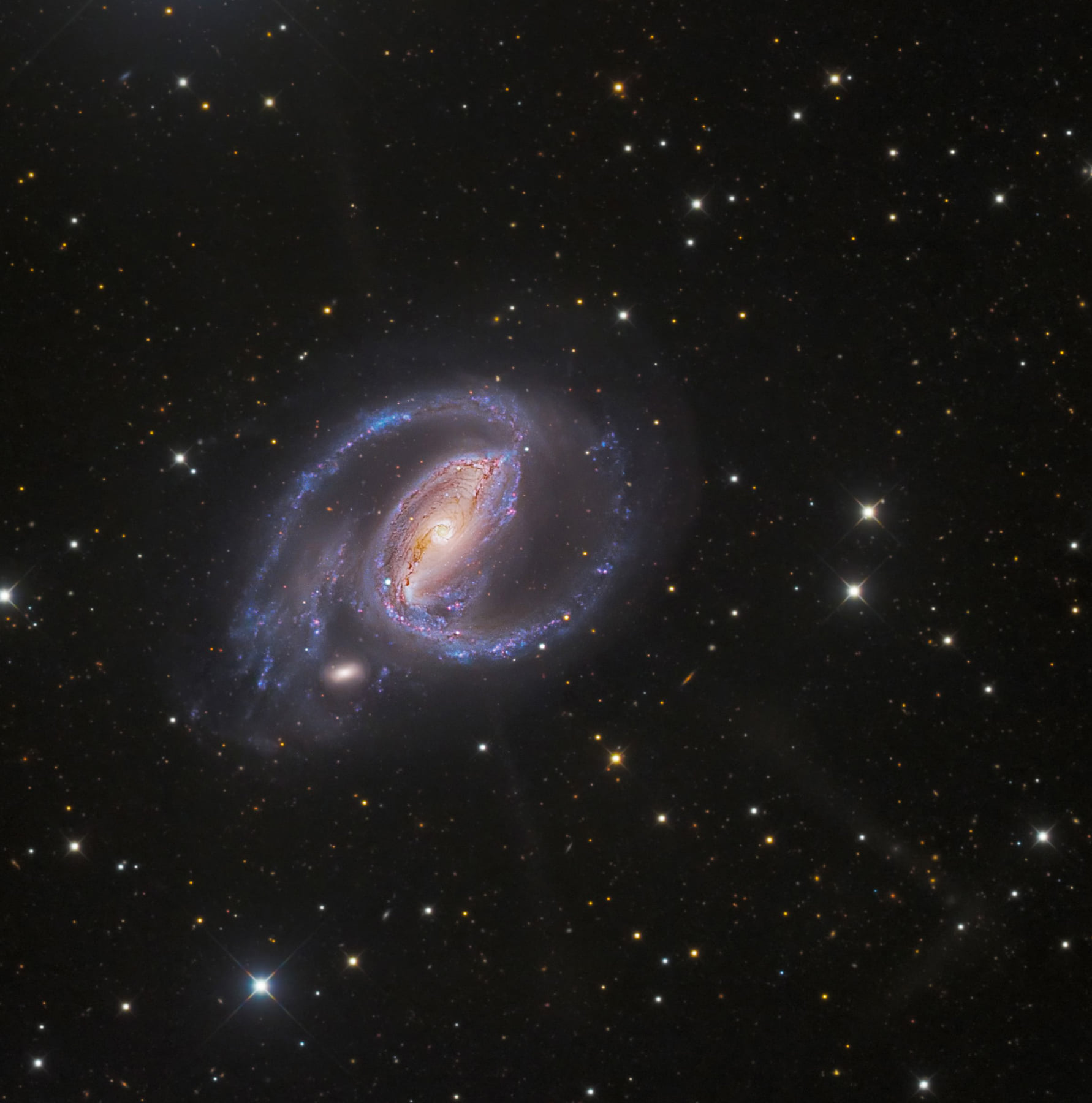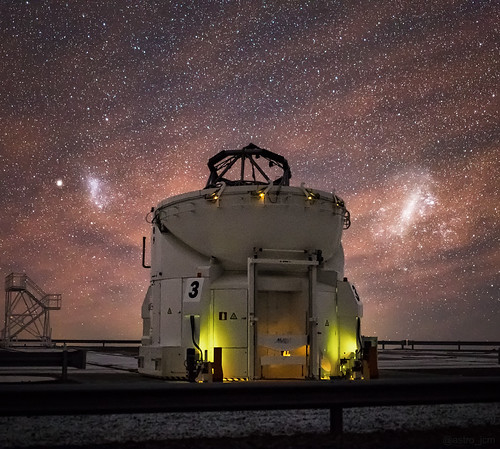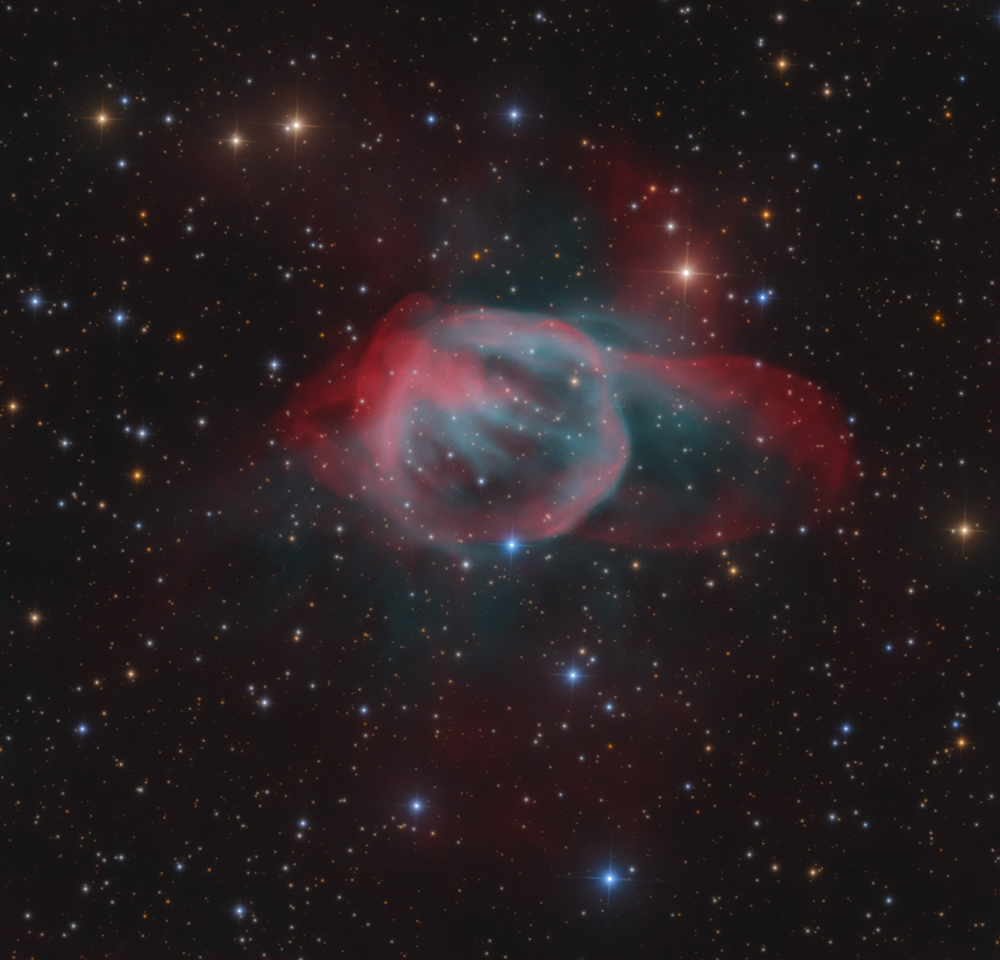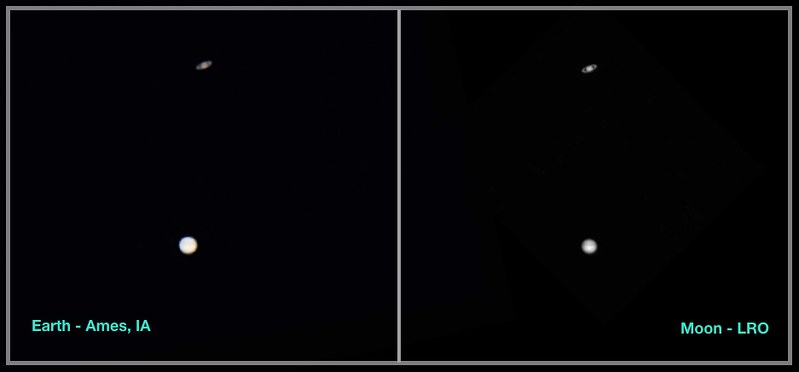I’ve always wondered how “deep” I can see into the Universe with an amateur equipment, this image is the result of the experiment.
Leo is full of galaxies anyway, so I was hoping that other than the seven / eight members would be seen.
The end result was 38 galaxies for my astonishment and joy, some of which are so faint I didn't find them in any of the catalogs I know.
The limiting magnitude of the image is around 22.
The more I look at the picture, the more I realize how insignificant and little I am with the whole Planet Earth, so I rather stopped looking.
Equipment:
351*2 min light frames (=11,7h) in April 2020., 30 flat and bias (didn't need darks)
Scope: Celestron NexStar 8SE + f/6.3 reductor+ AVX GEM
Main camera: Starlight Xpress H9C + Optolong UV/IR cut filter+ Sequence Generator Pro
Guiding: Celestron Off-axis guider + Starlight Xpress Lodestar + PHD2
Bortle 5 sky
Processing: PixInsight and for the annotation: GIMP
Attached the original full picture and an annotated one as well.
Dear All, I wish you Very Happy Holidays in advance!!
Krisztian from Hungary




